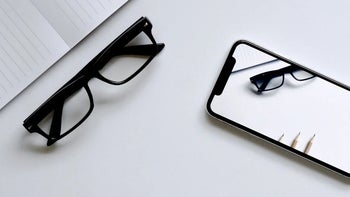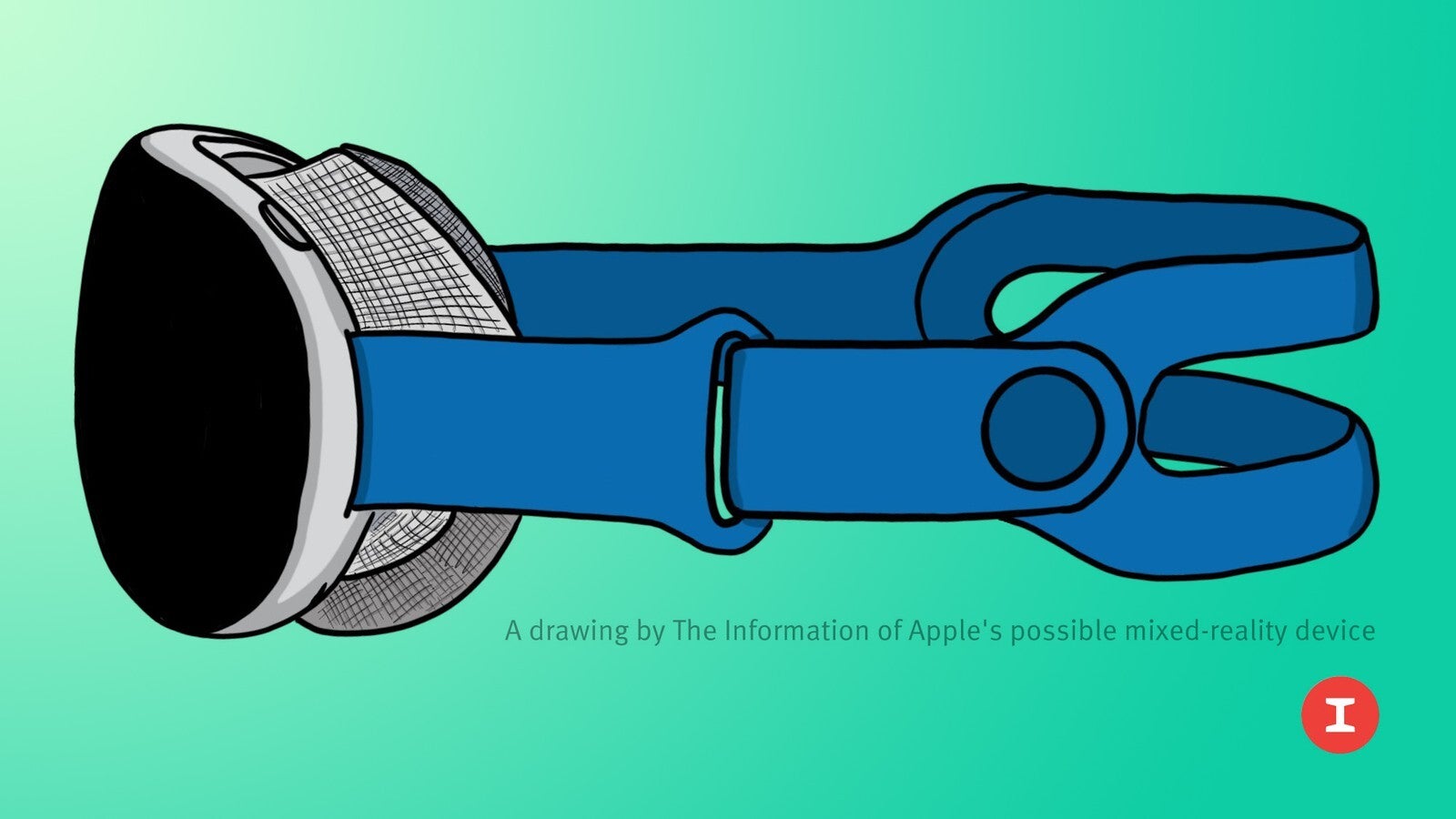Top analyst reveals when Apple might unveil the device that will replace the iPhone

There have been so many question marks about Apple's plan for both a mixed reality headset and an AR powered Apple Glass that many believe will be Apple's next big thing. So when it comes to Apple roadmaps, leaked specs, and unannounced products, who you gonna call? Not Ghostbusters, that's for sure. While he is not perfect, TF International analyst Ming-Chi Kuo has run up an impressive track record of prescient calls. Perhaps the gold standard of tips was the one he released in February 2017 that called the front-facing camera "revolutionary" on the iPhone X (which was called the iPhone 8 at the time by us media types).
Apple's mixed reality headset could arrive next year without the need to have an iPhone nearby
Seven months before the iPhone X, iPhone 8 and iPhone 8 Plus were introduced, Kuo knew the screen dimensions of all three phones, the use of AMOLED on the iPhone X, and the storage options for each model. More importantly, he told investors about how Apple's new front-facing camera could capture 3D images and would be used along with facial recognition to unlock the phone. He also correctly called for the removal of the Touch ID/Home button. The note he sent to investors cemented the analyst's position as one of the best Apple analysts around. And today, Kuo turned his attention to Apple's upcoming wearables.

Apple's mixed reality headset/helmet could be released in 2022 according to Ming-Chi Kuo
According to MacRumors, which obtained a copy of Kuo's note, as soon as next year Apple will release a mixed reality AR/VR headset. The latter uses 3D images to make it appear as though you are immersed in an environment that you are really not in. For example, wearing the headset, you might find yourself behind the wheel of a speeding race car, or battling zombies. AR uses data that is placed over a real world view to pass along information. Prototypes of the mixed reality headset weigh 200-300 grams according to Kuo. But the analyst states that Apple hopes to solve some technical issues that would drop the device down to 100-200 grams making it lighter than most rival headsets. However, due to a complex design, Ming expects the product to cost the same as a "high-end iPhone" or approximately $1,000. The mixed reality device, says Kuo's note, will use Sony's Micro-OLED displays and optical modules to deliver a "see-through AR experience," and also provide the user with "a VR experience."
Kuo ran through Apple's roadmap in his note by writing that "We predict that Apple's MR/AR product roadmap includes three phases: helmet type by 2022, glasses type by 2025, and contact lens type by 2030–2040. We foresee that the helmet product will provide AR and VR experiences, while glasses and contact lens types of products are more likely to focus on AR applications."
The mixed reality "helmet," as Kuo refers to it, will be portable and "when the technology improves, we believe that the new helmet product can also enhance its mobility," he said. The analyst added that the "immersive experience" on the mixed reality device will be significantly better than those offered by rival devices. A previous report disseminated last month called for Apple's mixed reality headset to be equipped with more than a dozen cameras to track hand movements. A pair of 8K displays will be employed along with eye-tracking technology. Based on Kuo's description, it would appear that the mixed reality headset will not have to rely on a nearby iPhone for processing power. That might not be the case with the AR Apple Glass.
Speaking of which, Apple Glass is expected to be released in 2025 as previously noted. While no prototype currently exists, Kuo says that this device will be promoted as a mobile device with a see-through AR experience. Kuo says, "While the helmet provides a great immersive experience, the glasses focus more on providing a 'mobile + AR' experience." Apple, Kuo states, is fully invested to these products and has a supply chain that includes Sony (supply displays on an exclusive basis), Pegatron (contract assembler), and other sources of optical components.
Looking into the future, Kuo says Apple will make a big jump from visible computing to invisible computing by offering contact lens that deliver the same AR experience as Apple Glass.













Things that are NOT allowed: